
Nissan Qashqai Station Wagon interior, tech and comfort
.jpg)
- Build quality good but plastics let interior down
- Glazed roof makes the cabin feel much airier
- More storage space than its predecessor
While materials and appearance have been very much improved over the first-generation Qashqai, they’re still behind the levels found in the likes of the Ford Kuga, Peugeot 3008 and Volkswagen Tiguan. Fit and functionality is okay but overall, the interior quality is underwhelming when you consider that when new and near the end of production, top-of-the-range Qashqais cost in excess of £35,000.
Where fitted, the leather trim feels soft yet plasticky, while some of the switches inside you’ll find on much cheaper Nissan models. The 2017 facelift added further soft-touch plastics, a new steering wheel with better ergonomics and a redesigned infotainment operating system, designed to feel more like using a smartphone with tiles of apps to navigate through – it still lags behind the competition in terms of screen size, resolution and ease of use.
Some may find the Qashqai feels a little more claustrophobic than its predecessor thanks to its thicker pillars, more shallow windows and swathes of dark trim, but this is remedied by the huge glass roof fitted to more expensive models. An electric blind is fitted as standard, allowing you to block bright sunshine on a bright day.
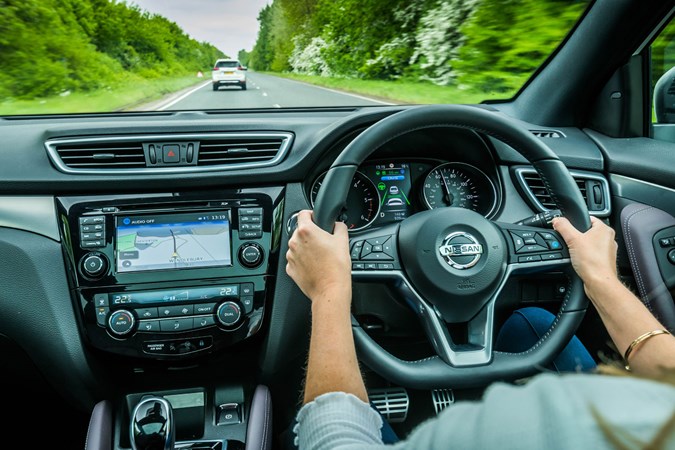
The raised driving position – one of the car’s key selling points – remains, and it’s easy to get comfortable with plenty of adjustment to seat and wheel positions. Later (post-facelift) models come with electrically adjustable lumbar support as well, a feature often lacking even in premium cars.
A 5.0-inch digital display between the rev counter and speedometer provides useful information, and is easy to scroll between different menus and functions without it becoming a distraction.
Is the Qashqai comfortable?
- Roomy cabin ideal for family life
- Quieter than previous generation
- Rearward visibility not great
Comfort is a key element in the Qashqai’s success: a family of four or five will be very at home here. There is plenty of space front and rear, although rear headroom is pinched by the fitment of the panoramic glass roof. Kids will be fine, but taller adults may notice their heads brushing the headlining in the back seats.
This generation of Qashqai is a strict five-seater, too. There’s no direct replacement for the Qashqai +2 version with three rows of seats, but the Mk3 X-Trail is based on the same platform and fills that role effectively. Access to all five seats is easy enough and the middle seatbelt in the back row is built into the backrest, rather than hauling down from the ceiling.
Up front the seats feel comfortable and supportive over long journeys; the 2017 makeover added more comfortable chairs with new foam padding, better upper-body support and four-way adjustable lumbar support on high-spec models. Top-trim Tekna+ models also get new latticework-effect Nappa leather, which feels very luxurious to sit in. Seat heating is available on some trims, too.
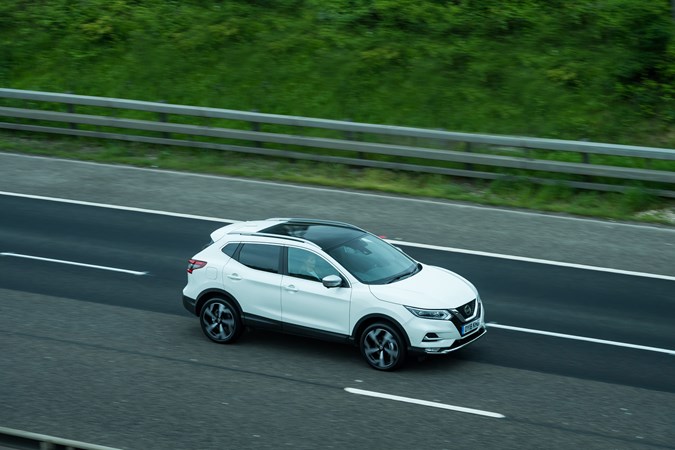
Road and engine noise have been reduced compared with the previous generation. The 1.5-litre diesel engine is a little less vocal than before and at motorway speeds both diesel and petrol units are whisper-quiet. Ride quality over imperfect surfaces is good too, so occupants are unlikely to be jostled around, even when the bigger 18- and 19-inch alloy wheels are fitted. The fitment of extra sound-deadening material, and thicker glass in the rear windows, has added to the comfort on offer.
Like the previous model, rear visibility isn’t fantastic though. The tiny third side windows in the large rear pillars don’t really offer a clear view for over-the-shoulder blindspot checking, so you’ll be relying heavily on the 360-degree view camera system.


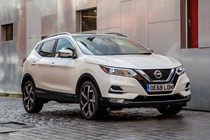
.jpg)
.jpg)
.jpg)
.jpg)
.jpg)
.jpg)
.jpg)
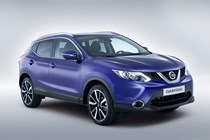
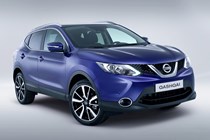
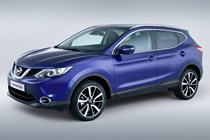
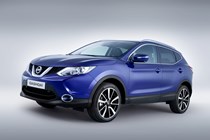


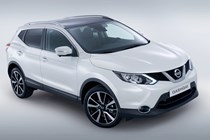
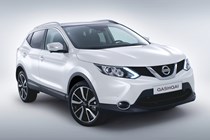
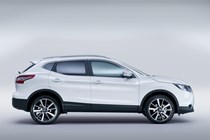
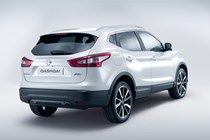
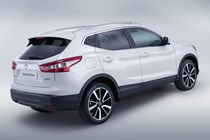

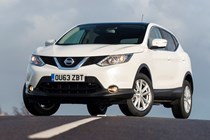
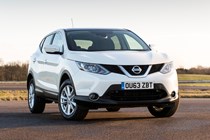
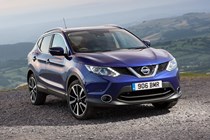
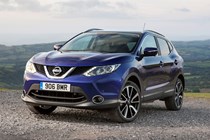
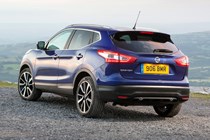
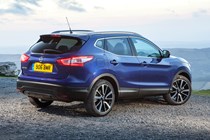
.jpg)
.jpg)
.jpg)
.jpg)
.jpg)
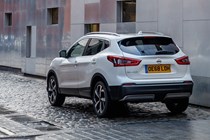
.jpg)
.jpg)
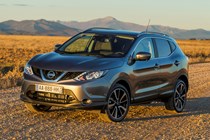
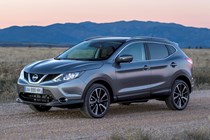
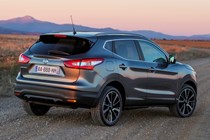
.jpg)
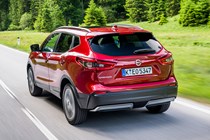
.jpg)
.jpg)
.jpg)
.jpg)
.jpg)
.jpg)
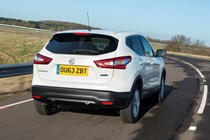
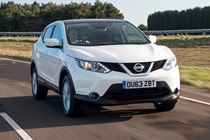
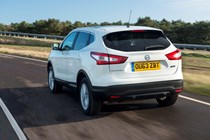
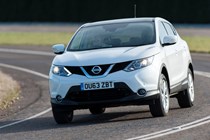
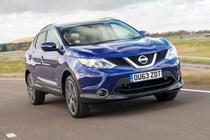
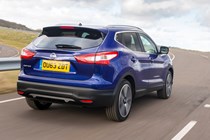
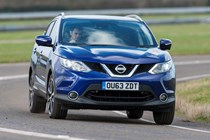
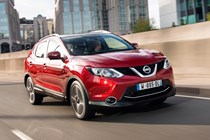
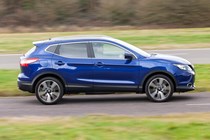
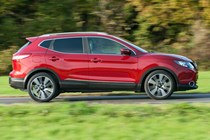
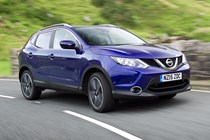
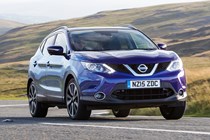
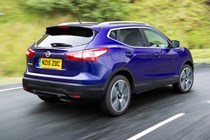
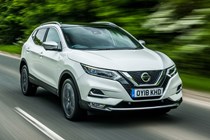
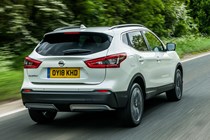
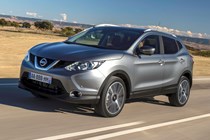
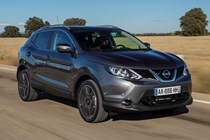
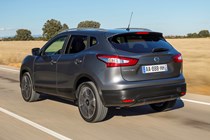
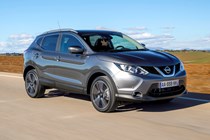
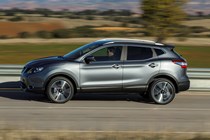

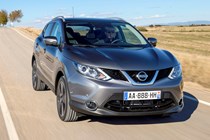
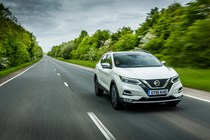
.jpg)
.jpg)
.jpg)
.jpg)
.jpg)
.jpg)
.jpg)
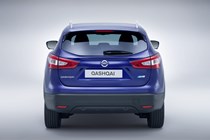
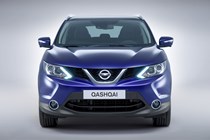
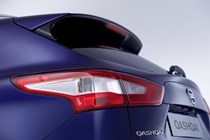
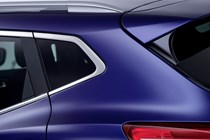
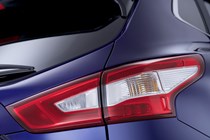

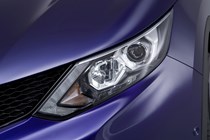
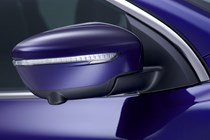
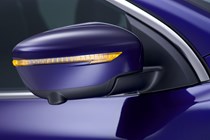

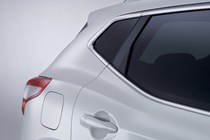
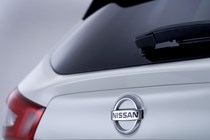
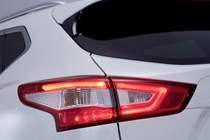

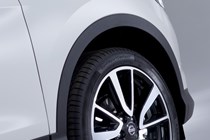
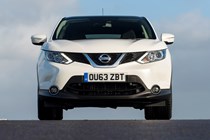
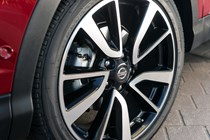
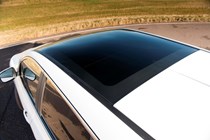
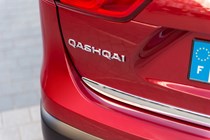
.jpg)
.jpg)
.jpg)
.jpg)
.jpg)
.jpg)
.jpg)
.jpg)
.jpg)
.jpg)
.jpg)
.jpg)
.jpg)
.jpg)
.jpg)
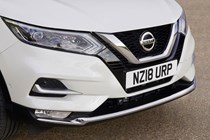
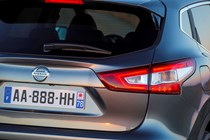
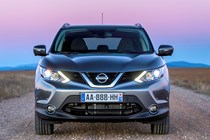

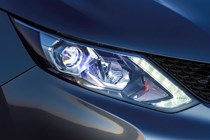
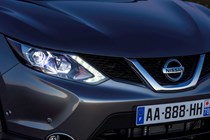
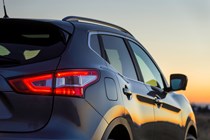
.jpg)
.jpg)
.jpg)
.jpg)
.jpg)
.jpg)
.jpg)
.jpg)
.jpg)
.jpg)
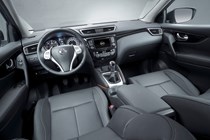
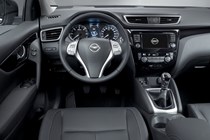
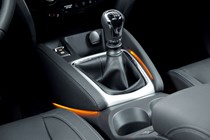
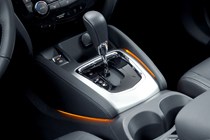

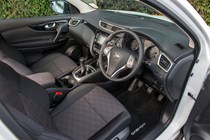
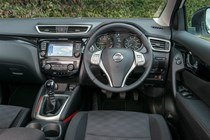
.jpg)
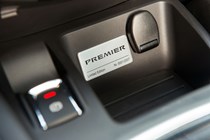
.jpg)
.jpg)
.jpg)
.jpg)
.jpg)
.jpg)
.jpg)
.jpg)
.jpg)
.jpg)
.jpg)
.jpg)
.jpg)
.jpg)
.jpg)
.jpg)
.jpg)
.jpg)

.jpg)
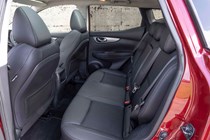
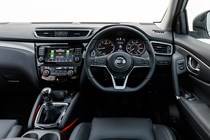

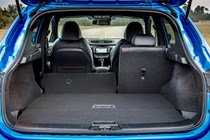
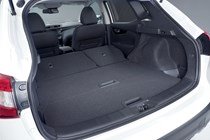
.jpg)
.jpg)
.jpg)
.jpg)
.jpg)
.jpg)
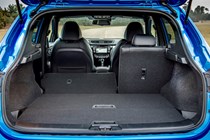
.jpg)
.jpg)
.jpg)
.jpg)



.jpg?quality=50)
.jpg?quality=50)
.jpg?quality=50)
.jpg?quality=50)
.jpg?quality=50)
.jpg?quality=50)
.jpg?quality=50)


















.jpg?quality=50)
.jpg?quality=50)
.jpg?quality=50)
.jpg?quality=50)
.jpg?quality=50)

.jpg?quality=50)
.jpg?quality=50)



.jpg?quality=50)

.jpg?quality=50)
.jpg?quality=50)
.jpg?quality=50)
.jpg?quality=50)
.jpg?quality=50)
.jpg?quality=50)























.jpg?quality=50)
.jpg?quality=50)
.jpg?quality=50)
.jpg?quality=50)
.jpg?quality=50)
.jpg?quality=50)
.jpg?quality=50)



















.jpg?quality=50)
.jpg?quality=50)
.jpg?quality=50)
.jpg?quality=50)
.jpg?quality=50)
.jpg?quality=50)
.jpg?quality=50)
.jpg?quality=50)
.jpg?quality=50)
.jpg?quality=50)
.jpg?quality=50)
.jpg?quality=50)
.jpg?quality=50)
.jpg?quality=50)
.jpg?quality=50)







.jpg?quality=50)
.jpg?quality=50)
.jpg?quality=50)
.jpg?quality=50)
.jpg?quality=50)
.jpg?quality=50)
.jpg?quality=50)
.jpg?quality=50)
.jpg?quality=50)
.jpg?quality=50)







.jpg?quality=50)

.jpg?quality=50)
.jpg?quality=50)
.jpg?quality=50)
.jpg?quality=50)
.jpg?quality=50)
.jpg?quality=50)
.jpg?quality=50)
.jpg?quality=50)
.jpg?quality=50)
.jpg?quality=50)
.jpg?quality=50)
.jpg?quality=50)
.jpg?quality=50)
.jpg?quality=50)
.jpg?quality=50)
.jpg?quality=50)
.jpg?quality=50)
.jpg?quality=50)

.jpg?quality=50)





.jpg?quality=50)
.jpg?quality=50)
.jpg?quality=50)
.jpg?quality=50)
.jpg?quality=50)
.jpg?quality=50)

.jpg?quality=50)
.jpg?quality=50)
.jpg?quality=50)
.jpg?quality=50)